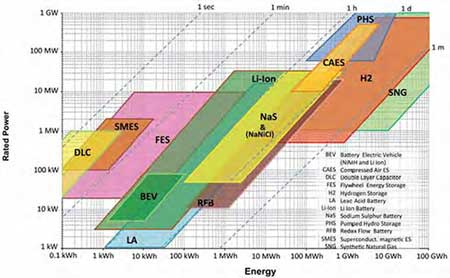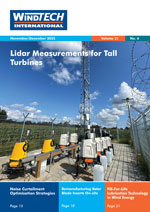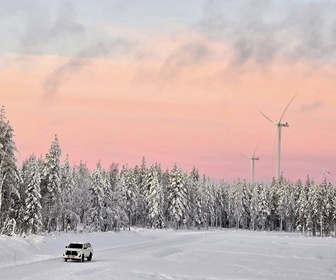 An Integrated Energy Storage System
An Integrated Energy Storage System
Wind speed is unpredictable and variable such that the power output from wind turbines often does not coincide with demands from the national grid. In the UK, constraint payments are made to wind farm owners when the turbines are shut down because of lack of demand for their power. Clearly the wind farm owner would wish to sell any energy generated whatever the demand and also be able to deliver higher power if necessary on demand. Here a novel wind–tidal integrated storage power generation system is described that addresses these issues.
By Mike Lewis, RGL Associates, UK










